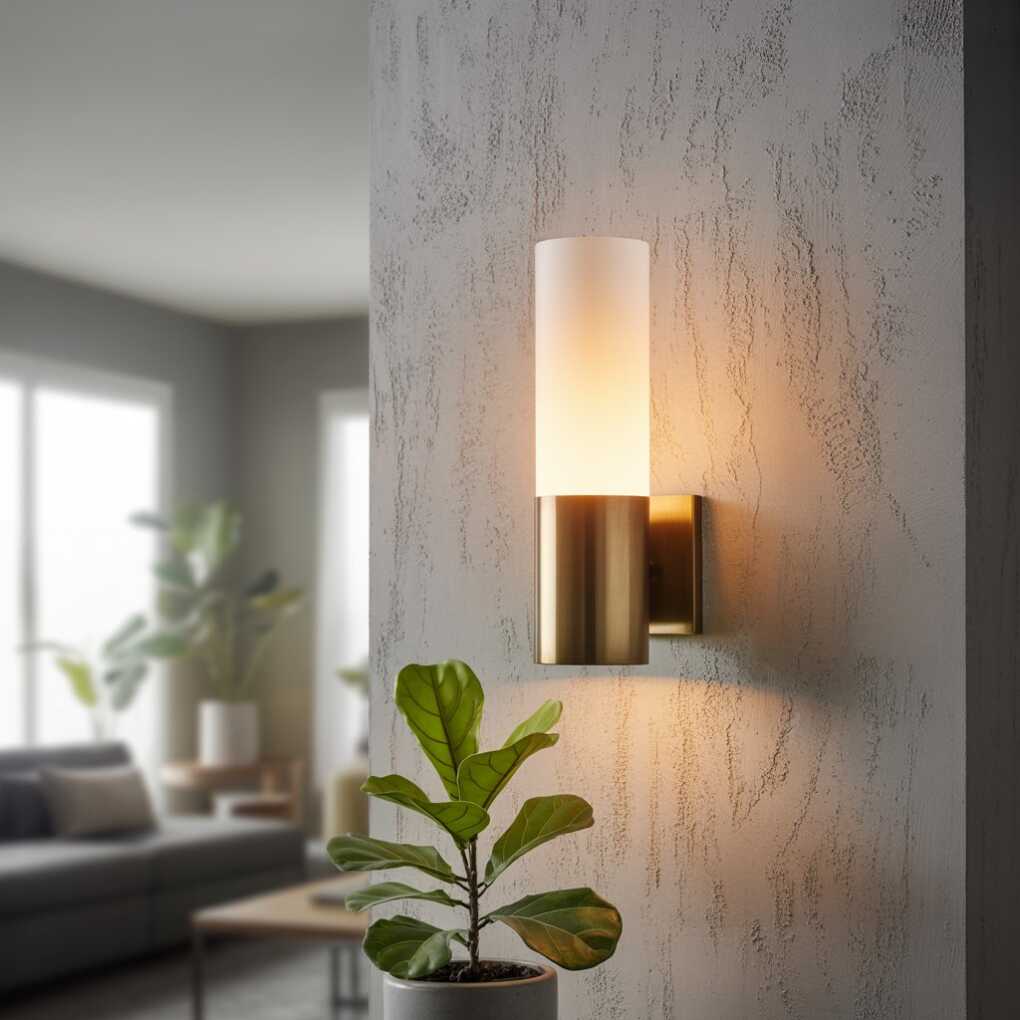Lighting plays a crucial role in the overall aesthetic and functionality of any living space. While many focus on central light fixtures, wall lights have emerged as essential aspects of modern interior design. When utilised correctly, they can transform dull spaces into vibrant, welcoming environments.Wall lights not only contribute to the overall lighting scheme but also add layers and depth to the decor.

Enhancing Ambiance
One of the key benefits of incorporating wall lights is their ability to enhance the ambiance. These fixtures can create a warm and inviting atmosphere, ideal for living rooms, bedrooms, and hallways. Wall lights offer an opportunity to create a mood or highlight architectural features within the room.
Functionality in Different Spaces
Wall lights serve a functional purpose in various areas, ensuring proper illumination without occupying valuable floor or surface space. In bathrooms, they are often positioned beside or above mirrors to offer direct and shadow-free lighting, crucial for tasks such as grooming. In kitchens, wall lights can provide additional lighting over counters, making food preparation safer and more enjoyable.
Design Flexibility
Available in a multitude of designs, styles, and finishes, wall lights provide a flexible design solution that can complement any decor theme. Whether the preference is for classic elegance or modern minimalism, there are wall light fixtures available to enhance the desired aesthetic.
Energy Efficiency
Modern wall lights incorporate advanced technologies that offer greater energy efficiency. Many newer models are compatible with LED bulbs, significantly reducing energy consumption and lowering utility bills. This is not only beneficial for the environment but also economically advantageous for homeowners.
Popular Types of Wall Lights
Several types of wall lights are popular in contemporary interior setups, including sconces, swing-arm lamps, uplights, and downlights. Sconces are a classic choice, often used to flank fireplaces or as bedside lighting. Swing-arm lamps offer adjustable illumination, ideal for reading nooks or offices. Uplights and downlights are often used to spotlight features and create visual interest on walls or specific objects.
Installation and Placement
Correct installation and strategic placement are critical to maximising the benefits of wall lights. Ideally, they should be installed at eye level to avoid glare and ensure that the light is evenly distributed. For layered lighting effects, they can be combined with ceiling fixtures or floor lamps, offering a comprehensive lighting solution.
Accent Lighting
Wall lights provide excellent opportunities for accent lighting. They can be used to highlight artwork, architectural details, or other focal points in a room. This type of lighting draws attention to specific areas, enhancing the room’s visual interest and depth.
Outdoor Applications
Wall lights are not confined to indoor spaces; they are also invaluable in outdoor settings. They provide safety and security by illuminating pathways and entrances. Moreover, outdoor wall lights can enhance the architectural features of a home’s exterior and create a welcoming atmosphere for guests.
Considerations for Choosing Wall Lights
When selecting wall lights, it is important to consider the intended purpose, the required light intensity, and the style that matches the existing decor. It is also essential to take into account the size of the space, as oversized fixtures can overwhelm small rooms while undersized lights might not provide sufficient illumination.
Layering Your Lighting
For maximum effect, wall lights should be part of a layered lighting strategy. By combining different types of lighting, such as ambient, task, and accent lights, homeowners can achieve a harmonious balance that meets both aesthetic and functional needs.
Ambient and Task Lighting
Wall lights often serve dual purposes by offering both ambient and task lighting. They can provide a soft glow for evening relaxation or direct, bright light for specific tasks, such as reading or applying makeup.
Maintenance and Care
To ensure longevity and optimal performance, regular maintenance of wall lights is crucial. This includes cleaning fixtures to remove dust and replacing bulbs as needed. Regular maintenance not only keeps the lights looking their best but also ensures their safety and effectiveness.
Customising Wall Lights
Many manufacturers offer customisation options that allow homeowners to select wall lights that perfectly match their taste and home decor. This can include choosing specific materials, finishes, and colours that complement the overall aesthetic of the room.
The Future of Wall Lighting
As technology continues to evolve, smart wall lights are becoming more prevalent. These innovative fixtures can be controlled remotely, often via smartphone apps, and can be programmed to change brightness and colour to suit the mood or time of day.
In conclusion, wall lights offer a multitude of benefits in both residential and commercial settings. With their ability to enhance ambiance, provide functional lighting, and contribute to energy efficiency, they are an invaluable component of modern interior and exterior design.
